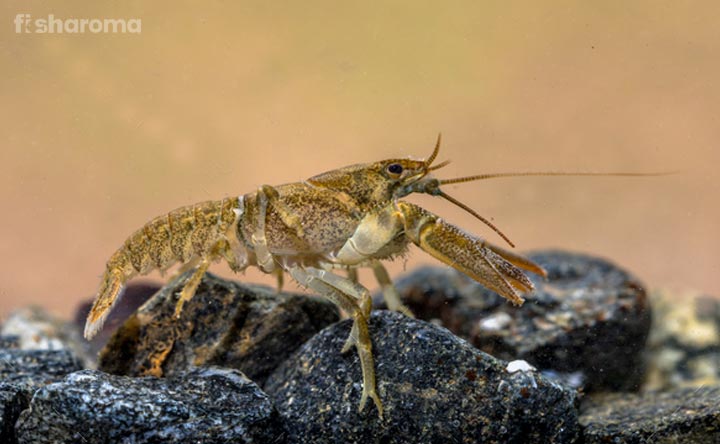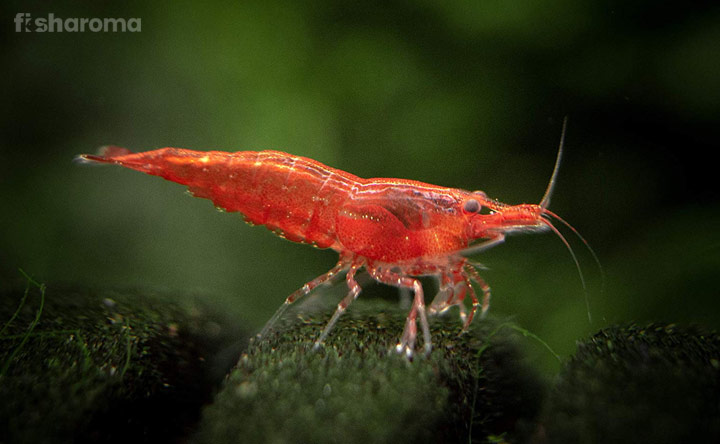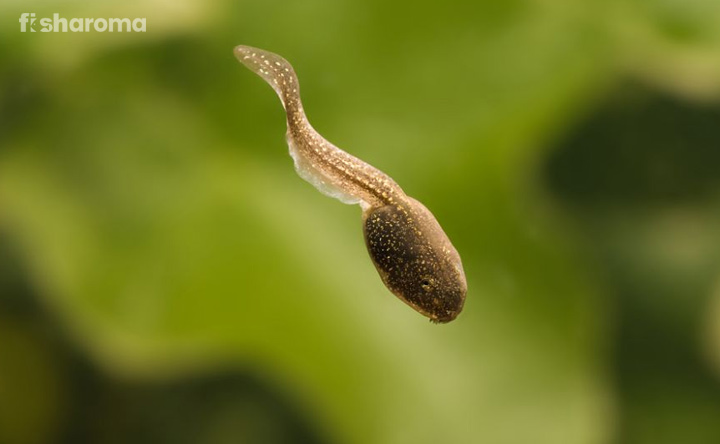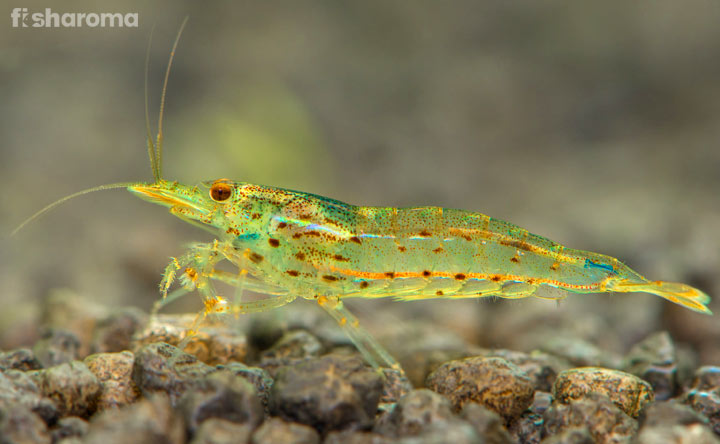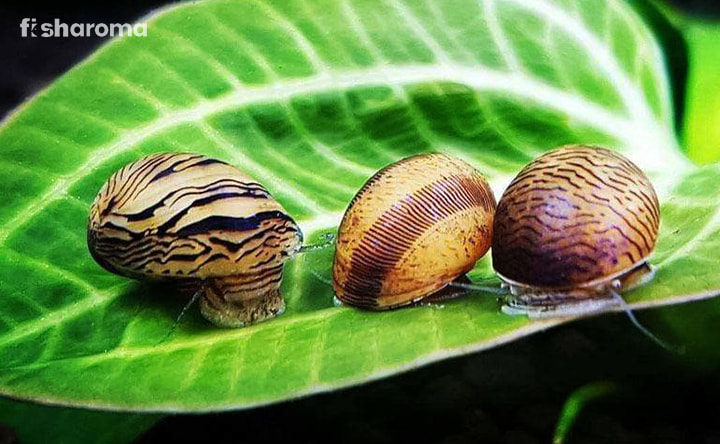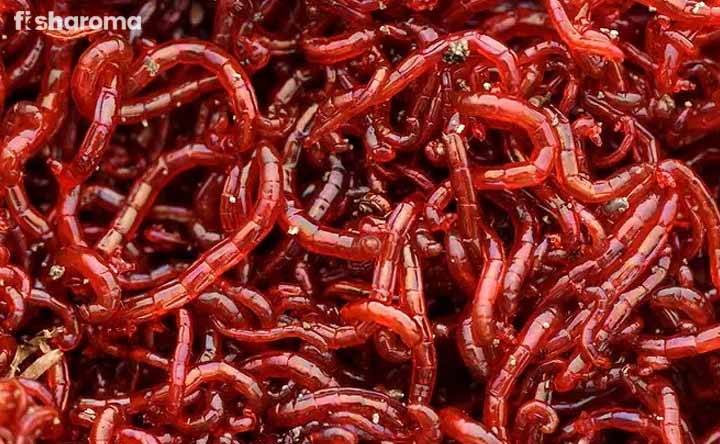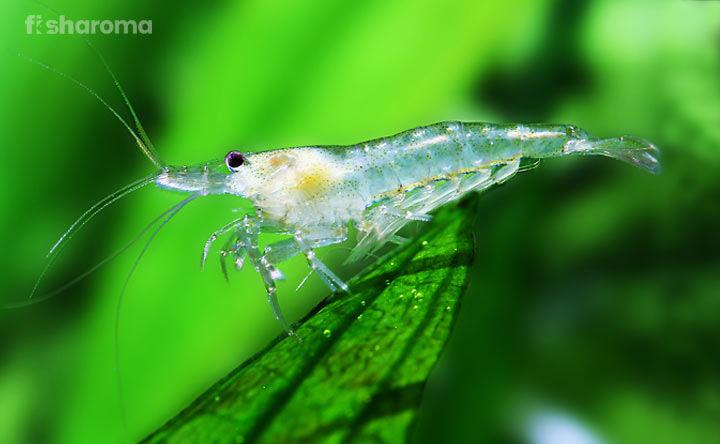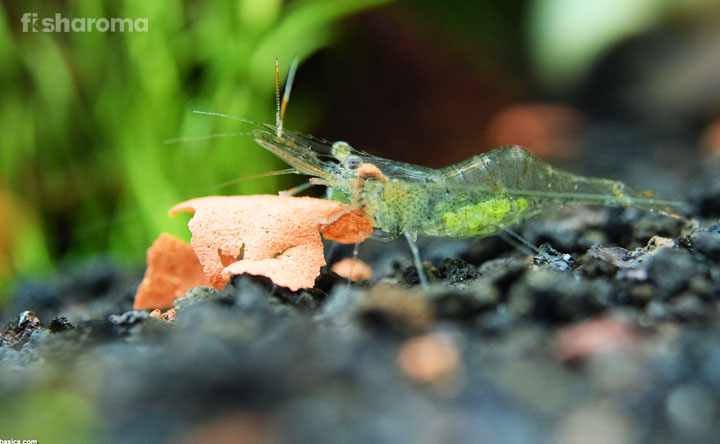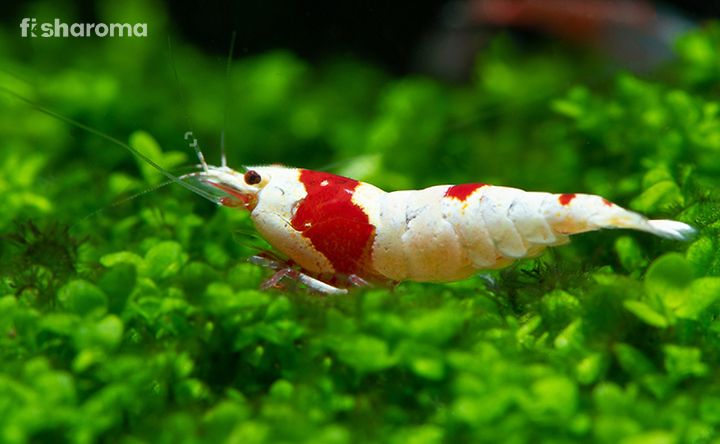Assassin Snail Care Guide – Tank Setting, Diet Plan and More
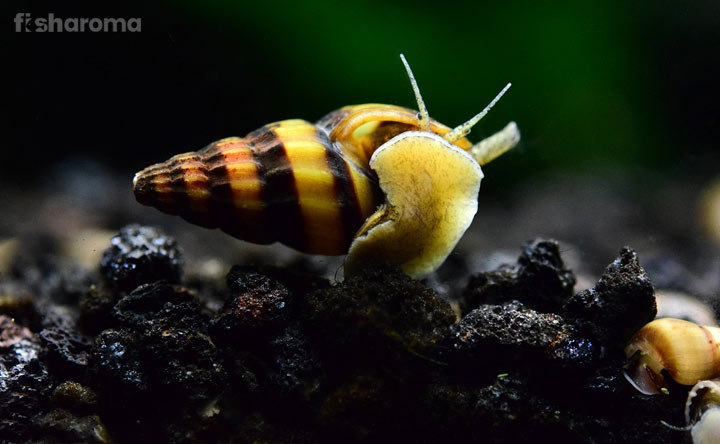
You may have seen many crustaceans in rivers and oceans but have you ever thought of petting an invertebrate like Assassin Snail? Many aquatic hobbyists like petting cute and adorable snails in a tank where they keep different types of crustaceans instead of fish breeds.
We have learned about the care guides of different fish but beginner aquarists have less idea in taking care of small snails. Therefore, we are here to help you in gaining knowledge about breeding, feeding, tank setting, and many other requirements of Assassin Snail.
Quick Details
The beautiful shell, bright color and peaceful nature of Assassin Snail attracts fish enthusiasts to pet this invertebrate. Take a short look at the features of this snail in the table given below:
| Scientific Name | Clea helena |
| Origin | Southeast Asia (Malaysia, Thailand, Indonesia) |
| Life-Span | 2-3 years |
| Colors | Yellow and Brown Stripes |
| Temperament | Peaceful |
| Size | 1” (2.54 cm) |
| Diet | Carnivore |
| Family | Buccinidae |
| Compatibility | With Peaceful Aquatic Species |
| Tank Size | 10 gallons |
| Care Level | Easy |
Overview
The freshwater species, Assassin Snail, is one of the favorites of aquarists because of the bright yellow colored shell which looks like a beautiful showpiece in an aquarium. It is also known by the name of, ‘Whelk’, as it is a carnivoros or a predator mollusk that has a heavy pointed spiral shell. The name ‘Whelk’ goes with its nature and eating habit.
People also love petting this species, because it is a great tank cleaner as it consumes wastes in the tank except for algae. So, if you are petting this species then you don’t have to give much effort in cleaning a fish tank. A single Assassin Snail costs $2, and the cost varies from place to place.
Origin of Assassin Snail
Assassin Snail is usually found in Southeast Asia, especially in lake Toba of the Indonesian island, Sumatra, and in the other rivers near Thailand, Laos, Cambodia, and Malaysia.
Assassin Snail was first found in Java Island of Indonesia, and scientifically named Clea helena. It is also known as Anentome helena. Not only in freshwater but this snail is also found in marine water.
Appearance of Assassin Snail
The size of Assassin Snail is relatively small, and some snails grow more significant through the nutrition they get from highly nutritious foods they eat. The wild Assassin Snail is bigger than the aquarium snails.
The shape of this snail is conical with a yellow body and brown stripes on the golden-yellow shell. The golden-yellow color is the reason that this snail is known as Bumblebee Snail. Some snails lack lines, and they are entirely brown, which is rare to find in freshwater.
It has an interesting part in its shell which is known as an operculum, which acts as a trapdoor to help it hide from its enemies that can eat or harm the snail. The muscle of the snail helps it move slowly. Don’t keep any active swimmer with this species because it is a very slow and inactive species. The head of this snail has a pair of short tentacles which helps it detect its food at night also. You will find a small pair of eyes on the end part of the tentacles that detect light and motion.
Temperament of Assassin Snail
These calm-natured invertebrates are very slow, and they are less active during the day time. You will find them searching for their food at night. They are foody, and they raise their heads for eating food whenever you feed them. They are non-aggressive pets, so they cannot fight if any aquatic species harm them or try to eat them up. Their shells are the only blessing that saves them from predators.
Suitable Tankmates for Assassin Snail
If you think that fish breeds can be the enemies of Assassin Snail, then you are wrong because there are many fish breeds that do not eat snails. So, you can keep Assassin Snail with passive-natured or herbivore fish and other invertebrates which can be good tankmates of this snail such as:
- Pearl Gourami
- Dwarf Gourami
- Cherry Barbs
- Celestial Danios
- Neon Tetra
- Guppy Fish
- Angelfish
- Rainbow Fish
- Shrimps like Amano Shrimp and Ghost Shrimp
- Nerite Snail
Unsuitable Tankmates
Try to avoid keeping bottom-dwelling fish which can harm this bottom-dwelling snail. Also, never keep carnivoros and territorial species who can eat up Assassin Snail. The species you should avoid in keeping with Assassin Snail are:
- Corydoras Catfish
- Crayfish
- Cichlid
- Goldfish
- Bristlenose Pleco
- Otocinclus Catfish
- Crabs
- Frogs
- Large Predators and Aggressive Fish
Compatibility
You can keep many Assassin Snails together because they love living together, and they never harm each other. However, never overstock their tank because that may be a problem in cleaning the tank. Moreover, they may feel uncomfortable in dwelling in an overstocking tank.
Diet Plan for Assassin Snail
This carnivore non-fish pet never eats vegetative foods. It ignores eating plants. So, you can keep as many aquatic plants you want in a fish tank because it will never damage the plants. If you are looking for an algae-eating crustacean, then find some other species because Assassin Snail ignores algae.
Fishkeepers keep this snail in their tank to reduce pests in the tank, as Assassin Snail eats insects and worms in the tank. Their diet requirement is very simple; feed them twice in a day as overfeeding may negatively affect their health. Some foods which you can feed them are:
- Bloodworms
- Mosquito Larvae
- Brine Shrimp
- Other Snails like Trumpet and Ramshorn Snail
- Shrimp Fry
- Eggs of Other Snails
Along with live foods, Assassin Snail eats the uneaten fish foods also, which is the reason it is known as a tank cleaner. You can also feed pellets and flakes to this snail such as:
- Wardley Products Shrimp Pellets
- Hikari Sinking Wafers
Tank Requirements for Assassin Snail
Along with the freshwater of Asian regions, this snail is widely distributed in other areas of the U.S. and other countries also. This crustacean is an eco-friendly species, so you can arrange a good plantation in the tank of this snail. This species prefers living in slightly alkaline and warm water. Try to know the tank requirements of Assassin Snail which helps it live comfortably.
Tank Size
You can keep about 6-8 Assassin Snails in a 10-gallon tank. If you are petting about 8-10 snails, then a 30-gallon tank is required, so that the species can live comfortably. For every 5-gallon aquarium, you can keep about two snails.
Ornament
Keep sandy substrate at the bottom of the tank because snails are bottom dwellers and they prefer resting on the sand or fine rocks. If the substrate is not soft and fine, then it may damage the tentacles of the snail.
This snail also likes to live in a tank full of plants. Some mini caves are also needed to be kept in the tank of Assassin Snail because this crustacean is shy and likes to hide in caves.
Lighting
There is no special requirement for the light setting of the Assassin Snail tank. You just need to fix standard moderate lighting on the top of the tank.
Filter
Fast flowing water with current is not needed in the tank of this slow-moving invertebrate. Just purchase a sponge filter that helps in flushing out the dirt and wastes from the aquarium, and keep the aquatic home of the snail clean.
Water Type of Assassin Snail
This aquatic species needs clean and aerated water to live. Try to maintain the temperature, pH level, hardness, and other necessary things while setting the tank for Assassin Snail.
Temperature
Assassin Snails like to dwell in warm water. The temperature of the water should be no more than 70-80°F (21.11-26.66° C).
pH Level
The pH level of the water in the tank of Assassin Snail should be 7-8 since it prefers living in slightly alkaline water.
Hardness
For the healthy shell growth of Assassin Snail, keep the water slightly harder.
Cleaning Method
You don’t need to collect many things in cleaning the tank of the snails. Just collect a soft brush, a cotton rug, and mild liquid soap. Scrub the entire tank with the soap and wash it. Use the cotton rug to wipe out the body and objects of the tank.
Replacement Process
You don’t need to replace the water in the tank every week because snails are adaptable to different kinds of water. To maintain the hygiene and water quality of the tank, change about 20% of water of the tank once in a month.
Breeding Process of Assassin Snail
Assassin Snail can lay eggs in the wild and in captivity also, and its reproduction process is faster than other invertebrates. This snail is not a hermaphrodite like other gastropods. It has defined sexes, but you cannot differentiate between the male and the female snail.
If you are encouraging the breeding process of this crustacean, then keep the snails together for 12 hours. You will find them stuck to each other for the mating process, especially in the rainy season. After the mating process, the female snail lays 20-30 eggs that hatch to juveniles. These baby snails burrow into the substrate to dwell there until they get mature. These juvenile snails take about six months to turn adult. You need to feed baby worms and insects to the snails.
For the mating process, any unique condition is not required; medium water temperature is needed to be managed because the snails cannot lay eggs at low temperatures. Keep the eggs and juveniles in another tank after the breeding process, so that the other snails do not harm or eat up the eggs or juvenile snails.
Diseases of Assassin Snail with Interventions
Not only fish but snails are also prone to several diseases because of several circumstances. Due to overfeeding, snails may face a digestive problem. Moreover, wrong tankmates can cause stress to the snails like fish which is the reason they are affected by different diseases. If the snails are weak, then their shells may get cracked or broken, which can harm them.
When the water quality of the tank is not good, then the snail may be affected by a bacterial infection, and you will find white patches on the shells of the snails.
If you keep them at a low temperature, then their shells can be cracked, so maintain the temperature of the water. Feed them calcium-related food because calcium is necessary for their hard shell. Moreover, you can add calcium supplements to the water of the tank.
Always keep away copper and plastic materials from the tank of the invertebrates because those are toxic to their health. The nitrate level of the water of the Assassins tank should be medium.
Interesting Facts
- Assassin Snails can hide under the sediment or substrate for a long time.
- If you don’t give an adequate amount of protein to these snails, then they can attack other snails and worms.
- The eggs of the Assassin Snails look like small capsules.
- Like Apple Snails, Assassins are not breathing snail, and they can survive in less oxygenated water also.
Know the care Guide of More Pet Crustaceans
Like Assassin Snail, there are other crustaceans that you may like to keep in your aquarium. You may also want to know their care guides:
- Cherry Shrimp: If you are finding a bright-shaded crustacean that is passive in nature then Cherry Shrimp is one of the best choices for the aquarists. If you want to know how to take care of this species then take a look at the article.
- Amano Shrimp: This light-green shrimp is perfect for a beginner-friendly tank, so know about its care guide to pet this invertebrate.

